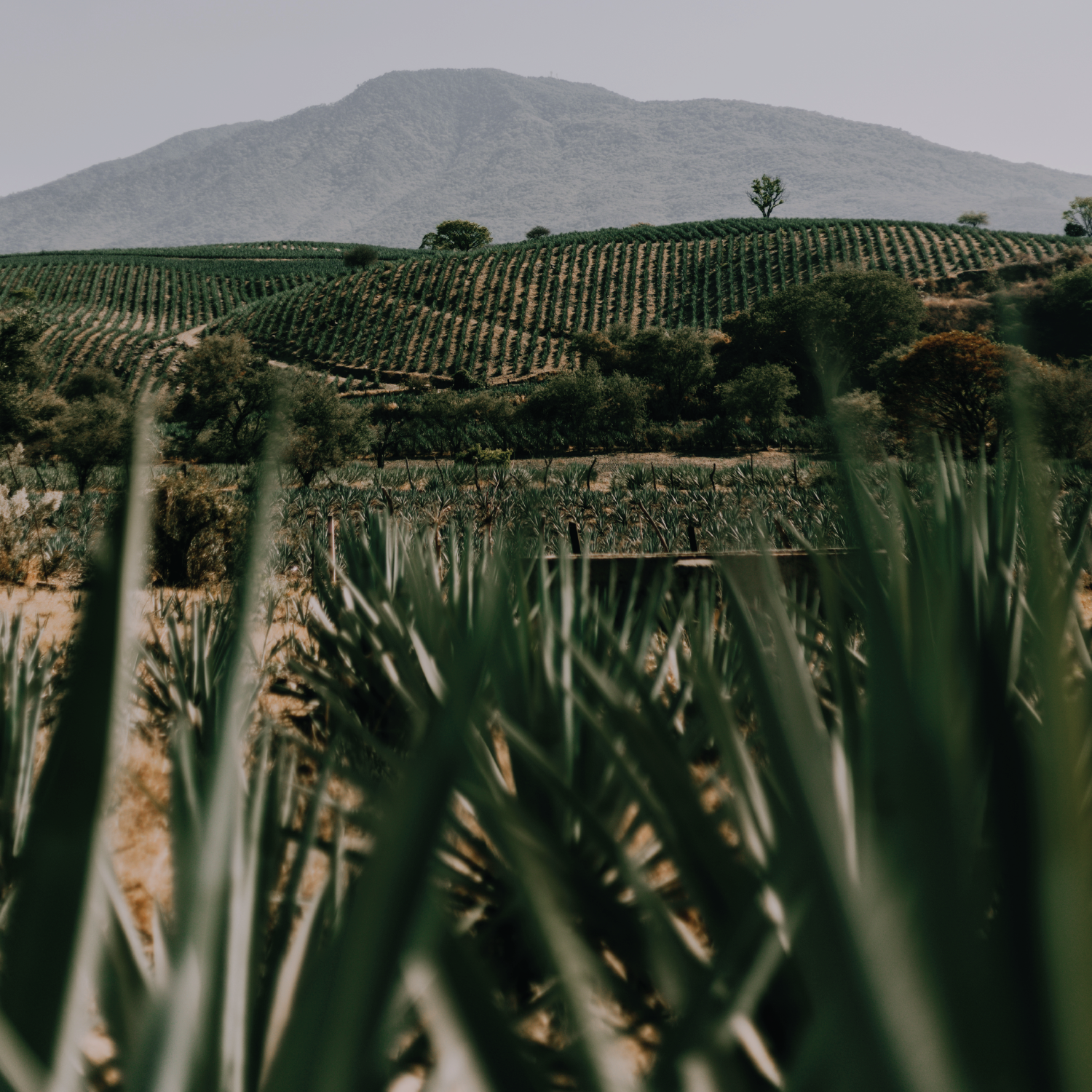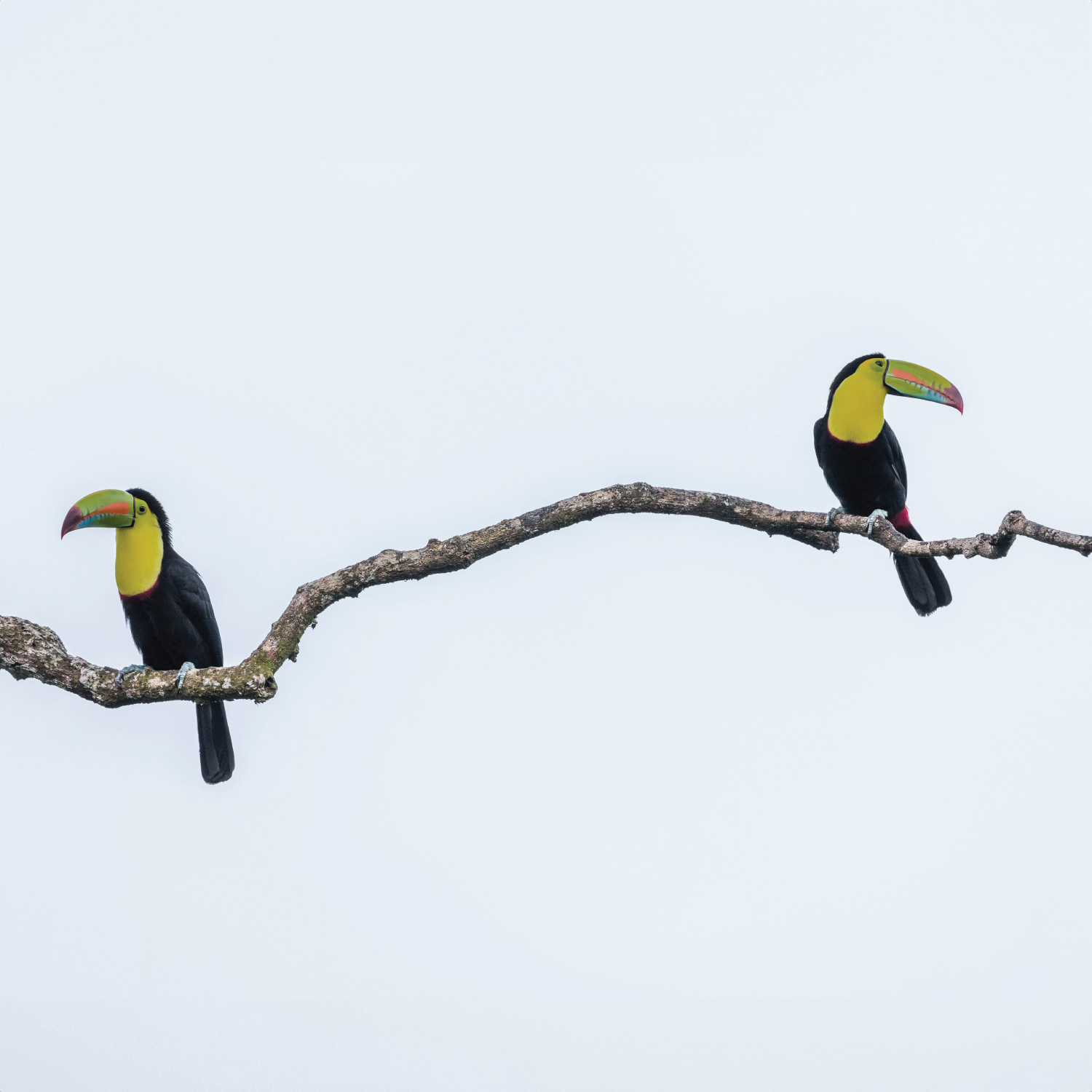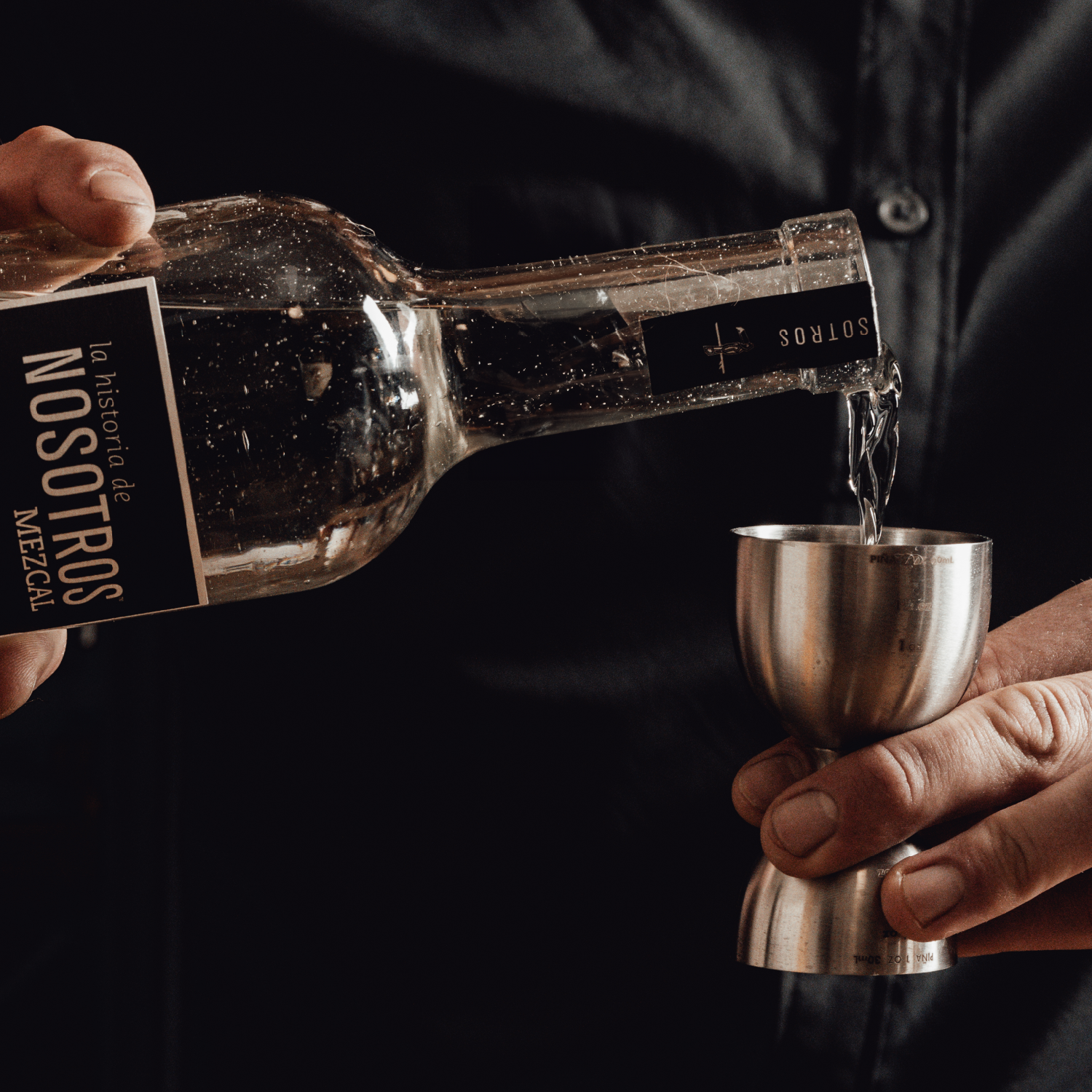
7 Things About Tequila
Written By: Niko Loyatho
Most millennial American adults had a notion of tequila (a shot) before they learned anything about it. Like ice cream comes in a cup or a cone, tequila comes in a margarita or a shot. And to that extent—for practical applications—nearly everyone knows what it is. Naturally, there is more to know than what everyone cares to investigate—save bartenders, beverage managers, hipsters, aficionados, wonks, and theotherwise motivated dilettante. My regular job is to represent Nosotros in the bars and restaurants of Orange County. With these operations ground to a coronaviral halt, I have been reassigned to create an item for our blog. I’ve been working in the beverage industry for twelve years, which puts me somewhere between hipster and wonk.
These are the basics:
Tequila is a product of Mexico. Its closest cousin is probably rum, followed closer by brandy than whisky/whiskey and it is perhaps furthest from gin or vodka. It is made from agave. Agave nectar is that stuff that’s sweeping the health trend world as a low-glycemic index “healthy” sweetener. And… those big brands you see at every bar aren’t the best tequilas anymore, right? In 2016 I was a bar manager and this was about the extent of what I knew. That year I took my first trip to Jalisco, Mexico.
The exchange between my boss and I:
“You’re sending me to Mexico to drink a lot of tequila …for work?”
“Yes. You’re an investigative bartender. Collect information you can bring back and teach your team.”
“I shall bring my moleskin.”
My travel companions are a close friend, Ben (I was one of his groomsmen), his wife, Devyn, and his wife’s best friend, Aaren. The best friend is tall, blond, attractive—a former NCAA track and field competitor. Our romantic history includes one date, one kiss (pre-wedding), and one event of protracted dancing and kissing (peri-wedding). But this is weeks ago and things have stalled. My last two date proposals were not indulged. I have managed to arrange this tequila tour and trip as a wedding gift to the newlyweds. The small surprise of Aaren joining means I have something to look forward to, in addition to tacos and tequila.
Deplaning in Guadalajara, Jalisco, the first noticeable thing is that the surroundings carry a queasy resemblance to every drug cartel film or documentary your timid bartender has ever seen. The yellow-stained stucco corridor we are herded down is without any décor or advertising. There are bear-sized, hyper-alert, vested German shepherds. Airport security guards who in the US might carry a Taser or a pistol are here armed with large and threatening, semi-automatic firearms. FX-05 assault rifles, Ben informs me. He is a former MARSOC Marine who served I-forget-now-how-many tours in Iraq and Afghanistan. I am a former Starbucks barista. It turns out the rifles and dogs are no cause for alarm. I have since been assured and personally experienced that travel here is very safe for tourists—even those of the yuppie-looking, Caucasian variety. We spend the first night in old town Tlaquepaque and the next day board a tour bus for Tequila.
That is fact one:
1) Tequila is a place.
As of 1974 legislation, the town’s name is an appellation of origin that represents the intellectual property of Mexico. We learn this from our tour guide, Mitch, as he works his way down the bus with a bottle in one hand and a stack of disposable shot glasses in the other. All four of our company partake. While most tequila is produced here in Jalisco, there are four additional states where tequila can be produced: Guanajuato, Michoacan, Nayarit, and Tamaulipas. The drive from Guadalajara to Tequila is an hour and change. Jalisco’s climate is not unlike Southern California’s, dry, rolling desert. Everything is the same color. As we climb gradually in elevation, agave fields start to appear. The rows look like giant blue versions of those clear plastic spike bouquets that people line their roofs with to keep birds off.

2) Tequila can only be made from weber blue agave.
Just as champagne can only be made from pinot noir, pinot meunier, chardonnay, pinot blanc, pinot gris, petit meslier, and arbane, tequila can only be made from agave tequilana weber azul. Or more commonly, blue agave. Tequilana? The fact that your inquisitive bartender can barely resist interrupting with his earnest need to know what came first, the town or the plant—does the scientific name of the plant predate the moniker we today use for tequila? Does it predate the name of the town? If not, what is the origin of the name of the town? But as this factoid will almost certainly not survive my director’s editing, here goes: It is named after either botanist, Frederic Albert Constantin Weber, or Franz Weber, who would have been the botanist’s assistant in 1902-ish. Records conflict. At any rate, it was this German botanist who chose blue agave as the best for tequila production. It was chosen for its sugar content and 6-10 year lifecycle (shorter than other agaves, some of which can take up to 30 years to reach maturity). Agave distillate was already colloquially referred to as tequila so that was included in the name. “Tequila” is adapted from the Nahuan (an ancient native language predating the Spanish) word Tecuila and means “place of tribute“.
We tour a farm and meet the workers who harvest the agave, including the jimadors. After the plant is extracted from the ground a jimador uses a coa de jima –which looks like a shovel but with a smaller, flat spate that’s sharpened along the bottom – to cut the large, wood-like fronds from the piña. A jimador only works the coa, other workers load the piñas once they’re cut. We have been instructed not to touch a jimador’s coa. They are not unlike the way a violinist treats a violin. So it is a rare treat when one man asks us if we would like to try*. It takes me five awkward strokes to remove two fronds and I am left winded. The jimador who is coaching me deftly removes five in as many slices and seconds. Mercifully, my date fares only a little better than I have. She got to watch longer.
3) I don’t know why Hollywood hasn’t given us a Zorro-esque, coa-wielding, crime fighting jimador yet.
It’s a hero I’m already rooting for.
After the farm we check into our hotel in downtown Tequila. Then there’s a meet and greet dinner that assembles the full score of our industry-people tour. Our own Greyhound-sized bus is packed down to the last seat, and it is just one of five. Back in the lobby of the hotel the newlyweds go to bed but my date tells me she isn’t ready for sleep. She doesn’t want a drink either—Mitch has seen to it our consumption on the day is substantial and furthermore dinner was flowing with cocktails. So we go for a walk. It’s a warm night. She wears gladiator sandals, denim Daisy Dukes, and a white spaghetti strap top. I wear Vans, shorts, and a wide-brimmed fedora that people generally forgive as wardrobe because I’m a bartender. She tells me about the ex, a quarterback in college. This is recent, she’s just graduated. Things were great, she thought, then they came back from winter break for their final semester and he wanted nothing to do with her. We get back to the hotel and she’s still on a frustrated rant, trying to dissect his parting words. By now I am a consoling amigo enabling, even encouraging, this subject and I have nice-guyed myself right out of the equation (without knowing it at the time). She goes to bed. I am too far from sleep to try that. Also, as your investigative bartender, it would be irresponsible not to attend La Cata—a tequila and cocktail bar hosting the designated after-party for the meet and greet. I don’t speak a word of Spanish, still I strikeout alone.
It’s 1am on a Sunday but the place is still happening—mostly duos or trios with the exception of a large group at the bar. From its center I hear my name shouted before I can reach the bar.
“Niko!”
“Javi?!”
“Front and center, punto!” Shots. Javier is a bartender in Venice. He and I met through a friend of a friend who I know from my bartending days in New York. He introduces me around his coterie. There are (I’m not making this up) two Jose’s, another Javier, two Juan’s, and an Iluggy. “Where’s your morrita, hermano?” Iluggy asks me. I have been observed with my date and it has been credited to me for machismo. “In bed. Soft constitution.” Iluggy is short, has a full head of silver hair at thirty-ish years old, and runs the bar of a restaurant I’ve been trying to get a reservation at for months. Similar resumes are more or less the case for all the crew. If you know LA dining, you know the restaurants these fellows run. I am intimidated. They are fast-talking and switching seamlessly between English and Spanish, and loud, vulgar, suave, LA Mexicans who are having more fun than anyone here. They are old pros at Tequila and Mexico in general. In California, I would have thought they were cool but here they are the gatekeepers. And I lucked my way in.
4) Borracho.
It’s important to remember that tequila started out as a commoner’s hooch. It is a drink of the people. Long before it was heavily commercialized, an individual village would often have its own little distillery operation (“palenque”). In the last thirty years a colossal quantity of time and money has been spent on cunningly devised and exquisitely executed marketing dedicated to elevating tequila out of the trenches of party-shot dreck and onto the shelves of cognac and the like. This is mostly a good thing because fine tequila is a spirit of pedigree. However, from the stuffy scene, many mistakenly infer that good tequila should only be sipped, savored, pinky out, viz. that down here in real live authentic Mexico the magi would never desecrate a good tequila by shooting it. Well, I can assure you, the two aren’t mutually exclusive. Tonight we are drinking top-shelf tequila and it is just as often shot as the rotgut. Borracho means you’ve had too much. And sooner or later, everybody takes a turn. Down here, at the rate they pour, it’s almost rude not to.
5) To make tequila you must first make pulque,
which dates back to the Aztecs in 200AD. It is to tequila what beer is to whisky. We taste this together. It’s effervescent, sweet, funky, and delicious.
“Gross,” my date says.
“Totally,” I offer to take her cup and find “somewhere” to dispose of it. I find Los Chingónes and walk into a hushed, verbal battery of Juan for his deeds of yesternight—borracho is not without its costs—that involved a plate of street tacos and some broken pottery and a very failed attempt at smoothness. But I want to share some excitement about pulque and so does Ilugy. How come I’ve never had this?
“Because you’re uncultured,” he says. “You have no taste. You walk around all tall in your fancy hat like you’re polished but you don’t know your ass from your elbow.”
“At least I don’t have a workout playlist that’s all Shakira.” Javi discovered this on Iluggy’s phone last night and it’s the only rebuttal that comes to me.
Back with Aaren and the newlyweds, we’re herded around the distillery. I zigzag scribbling and trying to commit to memory all of the roasting and grinding and fermenting that is being explained. I even begin a sketch of their fermentation systems but then quickly dispose of the evidence when it’s clear I’m incapable of rendering anything remotely discernible. My date seems to be trailing me and occasionally whispers something about this or that into my ear. I move again unnecessarily to climb a fermentation tank and she follows me still. This has to be a good sign, I figure.
We’re hit with a lot of facts at about the same time that we’re poured our fourth drink. It’s not yet lunchtime and my notes are getting less orderly. Tequila is a mezcal. Unofficially, mezcal is any distillate made from agave
6) There are five official classifications of tequila: blanco, reposado, añejo, and extra añejo.
Legally, a tequila need only be 51% agave. This is why respective producers denote their bottles with “100% agave”. Anything less is informally referred to as “mixto”. In most cases that is an unaged tequila to which colorants, flavorings, oak tree extracts, glycerin, or sugar syrup have been added. These additives won’t appear on the bottle, you have to know. They also often go by suave, gold, oro, or abocado.
The remaining four categories are age statements. It’s easier to count down. Extra añejo is anything aged three years or more. Añejo (“aged”) is one year up to three years. Reposado (“rested”) is two months up to one year. Blanco is unaged, or not more than two months. People tend to associate the age of a tequila with its quality, i.e. the older the better. The only thing aging a distillate assures—be it tequila, whisky, brandy, et cetera—is that the cost is higher. Personally I prefer blanco, followed by reposado.
It’s our final night in Tequila and a party is being thrown by one of our hosting producers. During the ninety-minute siesta at our hotel between the tour’s end and departing for the hacienda, I gather ibuprofen and Electrolit at a drug store across the square. After being marinated in tequila and Modelo for three straight days I feel both drunk and hungover. Stranger still is that despite my state of total discomfort on this little errand, I will remember it fondly.
Dinner, less so. “If you plan to make out later, be warned I’m eating a lot of onions and garlic right now.” This gets a charitable laugh out of the newlyweds and no visible reaction from my date. I’ve got something on my mind and appear to be on a mission. In a toast our host gives between courses, he mentions something about tequila being an aphrodisiac and I run away with this subject for about fifteen minutes. After multiple “that’s-what-she-said’s” and other unmentionable innuendos have pocked our otherwise pleasant dinner, I notice my date is contributing less and less and has not touched her drink in some time. It’s a glimpse-yourself-in-the-mirror moment. I feel barbarically prurient and so bury Ben in a thirty-minute interrogation regarding the nuances of coffee roasting—his trade. Dinner concludes and they turn up the music. When a lady comes by with shots, the newlyweds decline but Aaren, who has since finished her drink, says she’s in. There is a dance floor that by now has a crowd. I ask who wants to dance and she does not. To my knowledge there is no more reliable indicator of disinterest than a girl who declines a dance—especially one who looks like Aaren and who would, at least ostensibly, enjoy being out on a dance floor. Eventually I find and befriend the churro-cart lady. She learns I love churros well done and by the dozen.
I return to work on a Thursday and my boss asks how it went. I launch into how my date was caught up on an ex and less readable to me than a Sanskrit scroll. “I’m devastated and may never recover.” My boss looks confused, and understandably. Then we talk about tequila.
Tequila is so established in southern California that for each consumer it has its own culture. Mention it and people unconsciously go to theirs. It ranges from the high-end to harsh nights on cheap shine. It’s not wrong to think of tequila in terms of a shot or a margarita. A margarita is an adaptation of 1920’s cocktail named a Daisy–made with liquor, orange liqueur, and lime—and is a first class drink.
7) However you enjoy tequila, right here in Southern California is the best place in the world to drink it. Better even than Mexico.
The United States is tequila’s number one market and that demand for good tequila means some of the best product (like yours truly, Nosotros) isn’t distributed in Mexico. There is an undeniable charm to drinking it at the source, but do that once or twice and you’ll bring the spark home with you.
About a year ago, Aaren and I ran into each other at our friends’ baby shower. It was she who asked if I wanted to get a drink sometime. We both liked the idea of a Mexican restaurant and I chose one of my local favorites, Anepalco in Orange. Nothing hot happened. It was a little bit awkward and we haven’t talked since.
But tequila and I are still going strong.


